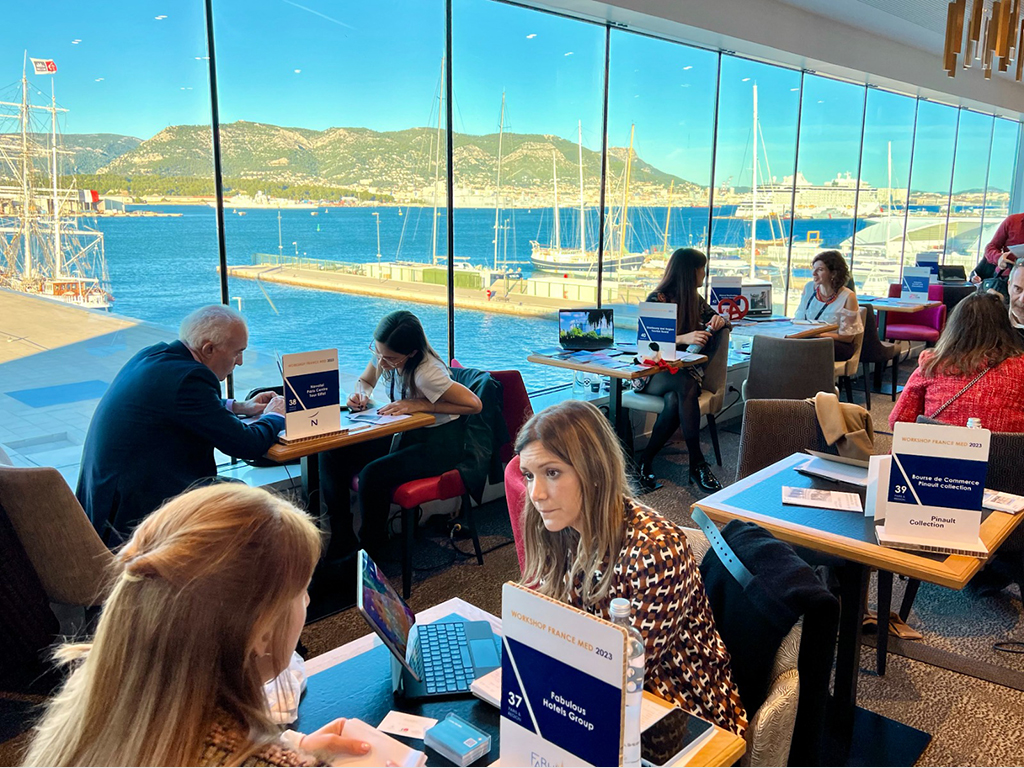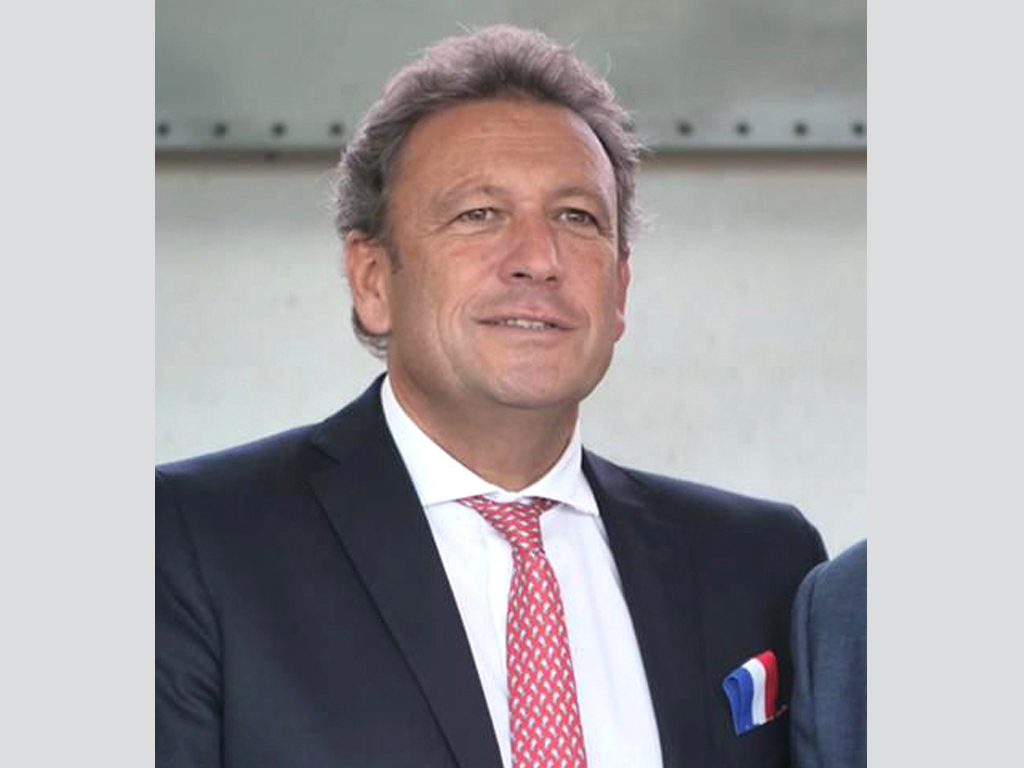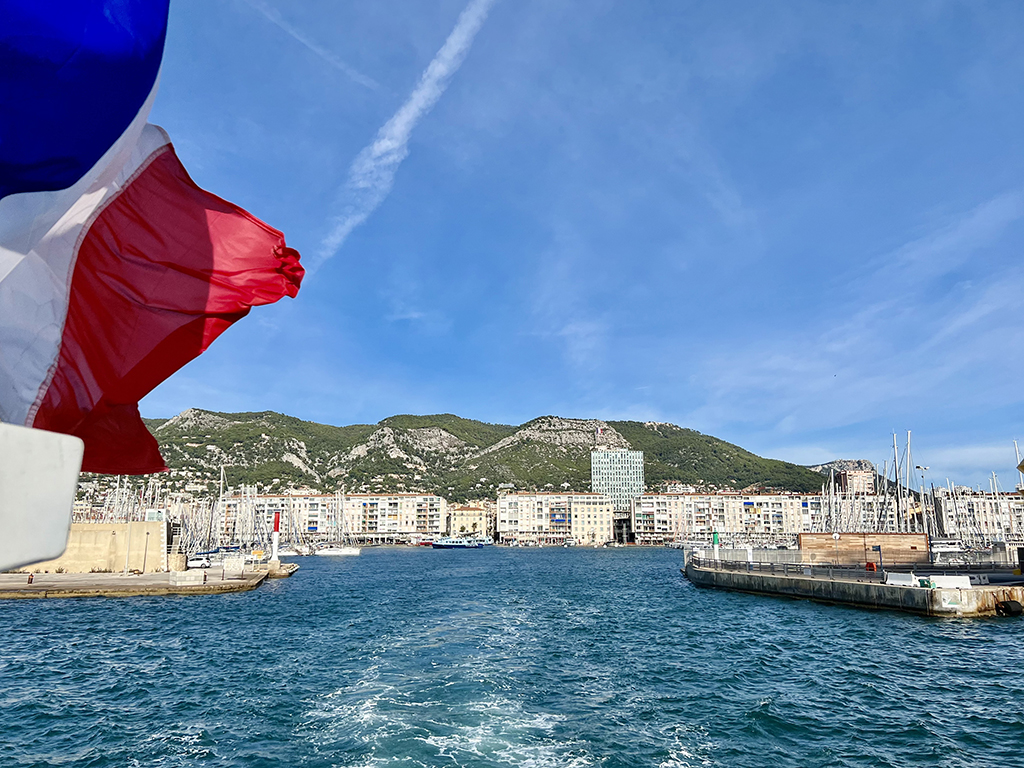France believes so, with a new campaign inviting MENA tourists to visit the Cote d’Azur and Provence during the off-peak seasons as it looks to build a more sustainable industry



The South of France hopes to attract the Middle East’s traveller outside peak tourist seasons as part of a concerted effort to strengthen its economy, in response to climate change and over-tourism.
A new campaign, ‘Winter is the new summer’, will focus on encouraging tourism in Cote d’Azur and Provence during the shoulder and off-peak seasons.
The campaign, which synergises with the larger Explore France positioning, will showcase the traditional French Riviera hotspots of Nice, Cannes and Antibes, but also draw attention to nearby highlights such as Toulon, Hyères, Marseilles and Avignon, the Southern Region’s villages and areas of natural beauty, and the ski resorts of the Hautes-Alps.
As a beginning, agents and customers in the UAE will see a campaign around Nice, France’s biggest tourist city destination after Paris, on the @ExploreFrance_ar social networks.
“Tourism was born in the South of France, here on the French Riviera, in winter,” François de Canson, President of the Regional Tourism Committee for Provence-Alpes-Cote d’Azur and mayor of Londe-les-Maures commune, told TTN at this year’s trade-focused France Méditerranée workshop in Toulon last month.
Tourism is essential to the region’s economy, Canson said. The sector represents 13 per cent of its GDP. As the second-largest region in France, Provence-Alpes-Cote d’Azur clocks 13 million tourist stays each year, about 9 per cent of all jobs, and 18.6 billion euros in economic benefits.
“We want to have tourists all year round, not just in the summer, and so we come back to this simple idea,” he said, speaking in French.
“We see that the summer lasts longer and longer,” he added, explaining the role of warmer temperatures in designing the campaign. When TTN visited in mid-November, daytime temperatures hovered around 16 to 17 degrees.
On the one hand, that’s bad news for France’s ski resorts, which must increasingly rely on artificial snow and find other ways to compensate for a shorter season. But for coastal towns and villages, the milder winters are extending the tourist season.
Off-peak travel often means a markedly different experience from that of the very high season, something Canson and his confrères are keen to emphasise. Not only do shops display new collections in the autumn, he said, but with fewer customers, retail staff can offer personalised attention. Similarly, the region’s cultural attractions are less crowded and fewer tourists mean hotel rates are favourable and restaurant reservations are easier – all in relatively milder (albeit more unpredictable) weather.
“We don’t want to increase the number of tourists, we just want them to have a better experience. It’s about quality: for the tourist, a quality visit and a quality experience, and for us, a quality tourist,” Canson said.
That’s also why France is looking towards the high-spending Middle Eastern luxury tourist, a group Canson referred to as ‘bling-bling tourists’.
Outbound tourism spending from the Gulf has previously been reported as six times’ the global average.
Beyond the well-documented GCC high fliers, France is now also receiving luxury travellers from Egypt and Morocco, Zamira Ismatova, Travel Trade Manager – Middle East at Atout France, told TTN.
Tourist arrivals to France are now broadly on par with 2019 levels, according to the WTM Global Travel Report, produced in association with Tourism Economics.
After two years of revenge travel, the country reports 72.4 million inbound leisure trips this year, the report said.
Arrivals from the Middle East, including Turkey, totalled 1.36 million in 2019, the latest year for which figures are available. Some 800,000 of those came from the GCC, Ismatova told us.
The new strategy is a pre-emptive response to the problem of over-tourism, while also aiming to build resilience across the sector.
This summer, the small archipelago of Bréhat off the northern coast of Brittany had to restrict visitor numbers after seeing as much as 15 times its population arrive on its shores within a single day. The islands are home to 377 residents and are an EU-recognised biodiversity site.
Atout France, the country’s tourism development agency, is working to showcase the destination’s diversity – partly in response to consumer demands for sustainable tourism.
In 2021, President Emmanuel Macron announced plans to make France the world’s top destination for sustainable tourism by 2030, as part of his 1.9-billion-euro Destination France revival plan.
The phenomenon of over-tourism often occurs only around peak seasons, says Frédéric Meyer, Southern Europe Regional Coordinator at Atout France.
That’s why tourism authorities are advocating a slower, more authentic and ultimately more sustainable kind of tourism around the year.
“The other seasons are real seasons, too,” Meyer told TTN.
Provence and the Côte d’Azur, for example, are being positioned as winter destinations with a bit of everything. Skiing over fresh snow at one of the area’s 65 resorts in the morning and dinner on the shores of the Mediterranean in the evening – punctuated only by visits to national parks or shops.
Likewise, many destinations in the Southern Alps – Serre Chevalier, Les Orres or Puy-Saint-Vincent – represent a sustainable tourism alternative, with self-produced energy and greener transport.
“Winter is the new summer is a local campaign, but the strategy is global. We’re working together [with the trade] on diversifying the impact of tourism across territory and time, and to reach new target groups,” Meyer said. The campaign will be backed by education for suppliers within France, he added.
As France gears up to host the summer Olympics next year, the campaign is particularly well timed. If the country is to avoid the well-documented slump in tourist numbers following an Olympiad, travellers will need to see product diversity at every level.